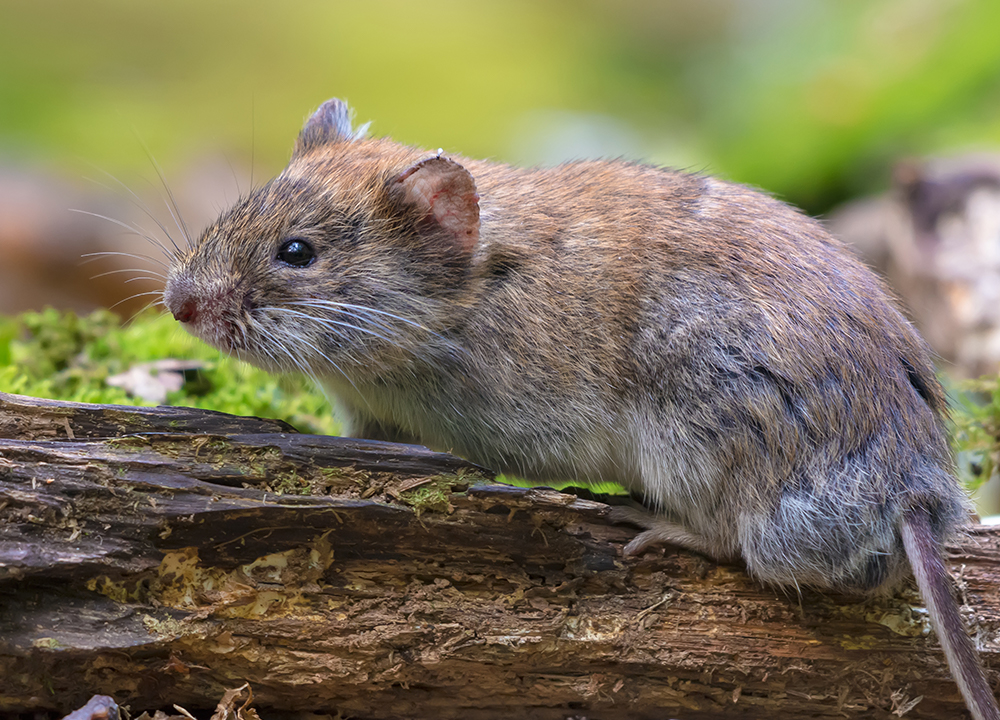Efficient Vole Control Solutions: Taking Care Of Vole Pest Issues
Efficient Vole Control Solutions: Taking Care Of Vole Pest Issues
Blog Article
Comprehensive Overview to Effective Vole Insect Control: Infestation Recognition and Treatment Methods
In the world of effective insect control, vole problems position an unique difficulty that requires a tactical strategy. By exploring the subtleties of vole actions, understanding crucial indicators of invasion, and evaluating an array of control choices, one can develop a thorough method to deal with these elusive pests.
Recognizing Vole Habits
Vole actions is identified by their delving behaviors and fast reproduction rates, making them a challenging insect to control efficiently. Their fast reproductive rate additional complicates control efforts, with women capable of producing multiple trashes in a single year, each including numerous spawn.
Understanding vole actions is crucial for reliable parasite control techniques. By identifying their burrow places, keeping an eye on feeding locations, and executing targeted control approaches, such as capturing or habitat adjustment, vole invasions can be taken care of efficiently.
Indicators of Vole Invasion

Avoidance Techniques
Applying effective avoidance strategies is essential in lessening vole problems and safeguarding greenery from their devastating feeding habits (vole control). To stop vole problems, it is important to start by removing possible food resources and shelter. Maintain grass and greenery cut short, remove weeds and particles, and maintain a neat yard or lawn to make the location much less eye-catching to voles. Installing barriers such as equipment cloth or underground fence can additionally aid deter voles from entering specific areas. Additionally, decreasing excess wetness by dealing with dripping pipelines and guaranteeing appropriate drain can make the atmosphere much less hospitable for voles.
Regularly evaluating the residential or commercial property for signs of vole task, such as paths and burrow openings, is essential for early discovery and timely action. If vole task is believed, think about using catches or repellents tactically placed near their paths. Employing all-natural predators like serpents or owls can likewise help maintain vole populations in check. By implementing a mix of these avoidance techniques, homeowners and gardeners can efficiently safeguard their vegetation from vole damages.
Non-Lethal Control Techniques
To properly take care of vole populations while prioritizing humane techniques, non-lethal control methods supply practical services for minimizing vole damages in landscapes and gardens. One effective method is the use of physical obstacles such as equipment fabric or wire mesh to shield prone plants. These barriers can be buried a minimum of 12 inches curved and deep at a 90-degree angle to stop voles from burrowing underneath. Additionally, habitat modification can deter voles by reducing their preferred food sources and concealing places. Maintaining a well-mowed lawn, removing particles, and maintaining plants cut can make the atmosphere less appealing to voles.

Lethal Control Options
One reliable technique for attending to vole invasions in landscapes and gardens involves the strategic use dangerous control choices. When confronted with a severe vole infestation that non-lethal approaches have fallen short to check that include, implementing deadly control actions becomes critical. One typically used lethal control choice is the usage of snap catches. These catches are developed to quickly and humanely kill voles upon activation, making them a prominent option for lots of garden enthusiasts and landscapers. To boost the effectiveness of snap catches, it is recommended to put them in locations where vole task is high, such as along paths or near burrow entries. Another lethal control choice is the use of poisonous baits specifically developed to target voles. These lures have poison that is consumed by the voles, bring about their eventual death. Nonetheless, caution has to be exercised when using hazardous baits to avoid damage to non-target pets or pet dogs. Generally, when using dangerous control alternatives, it is important to do so sensibly and based on neighborhood regulations to effectively manage vole infestations.
Verdict
Finally, efficient vole pest control calls for an extensive understanding of vole actions, identification of signs of invasion, implementation of avoidance techniques, and utilization of both deadly and non-lethal control methods. By incorporating these strategies, individuals can properly take care of vole populaces and secure their property from damage. It is crucial to resolve vole invasions without delay to stop further issues and reduce the influence on the surrounding environment.
Offered the detailed tunnel systems and quick recreation rates particular of voles, recognizing the indicators of vole problem becomes crucial in efficient pest control. One of the key indications of vole visibility is the existence click for more of surface area paths or trails in lawn or snow, usually about 1-2 inches large, created as voles take a trip in between their burrows and food resources.To effectively manage vole populaces while focusing on gentle methods, non-lethal control methods provide functional remedies for reducing vole damages in landscapes and gardens.One reliable method for attending to vole infestations in landscapes and gardens includes the tactical use of deadly control alternatives. vole control utah.In verdict, reliable vole pest control requires an extensive understanding of vole actions, recognition of indications of invasion, application of prevention techniques, and usage of both non-lethal and lethal control methods
Report this page